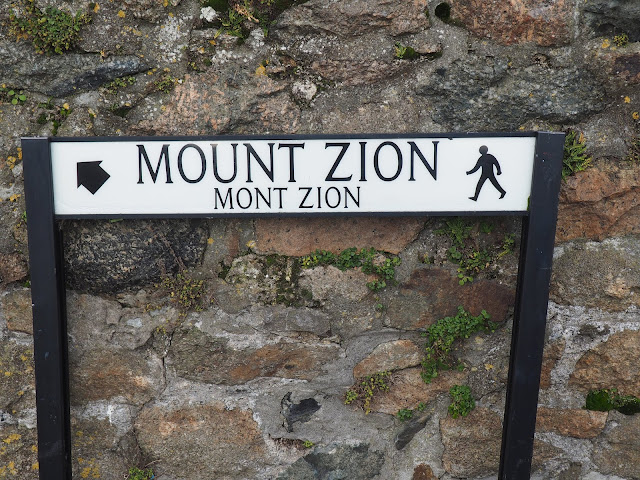I went on an exploratory drift with my flâneuse pal, and walking tour guide Jen Pedlar (she guides for Footprints of London). The expedition was all hers but I liked that, since it meant I was able to tag along without any sense of responsibility. The walk promised the tunnels of Hanger Lane, various kinds of northwest London suburb and a good old cemetery. You can’t ask for more, can you?
We met at Hanger Lane tube station which is a remarkable thing above ground, like a very low budget flying saucer stranded in the middle of a gyratory system:
And below ground were the tunnels that looked like this.
You could perhaps argue that these tunnels were actually a very complicated subway system, but one man’s subway is another woman’s tunnel. The various exits were colour-coded with tiles that had seen better days.
The tunnels seemed cheerful enough in the middle of the day - I mean not all THAT cheerful but I think they’d have seemed a lot less benign at one in the morning.
People like to say that London is a collection of villages, but we know it’s mostly a collection of suburbs, some much more appealing than others. The first we came to on our walk was Haymills which was astounding, and in places astoundingly posh, a mix of architectural styles: mid-century modern, streamlined moderne, seaside moderne, and the just downright very fancy; a kind of super suburb.
It was laid out around a series of concentric semi circles
much like the council estate in Sheffield where I grew up
but there the resemblance ended.
Then we wandered into the Hanger Hill Garden Estate,
It’s a conservation area, and is by no means not posh, but compared to the other place it seemed modest, well comparatively modest.
I'm also pretty sure that it has the highest concentration of half-timbered buildings I’ve ever seen.
If local evidence is to be believed these houses, and some of them are converted into flats, are very popular with Japanese buyers and renters – by which I mean that an estate agency named Japan Services appears to be doing some very good business in the area.
And of course we saw all the things there that make suburban walking worthwhile. A stray cat:
a Volkswagen Beetle:
pampas grass:
an inscrutable arrow carved into the pavement:
And when we got to the Acton cemetery we went to see the grave of George Lee Temple, the first man to fly a plane upside down (Who knew? – Well, Jen did.) And while we were there, I was able to indulge my taste for obelisks.
That all adds up to a pretty good day’s drift.
And you know, all the time I was walking through the Hanger Hill Garden Estate, I kept thinking about Osbert Lancaster’s illustration of Stockbroker Tudor.
To be fair to Lancaster and indeed to the Hanger Hill Garden Estate, the illustration doesn’t show a half-timbered house, it shows a fully timbered house. The thatched garage is especially fine.









































